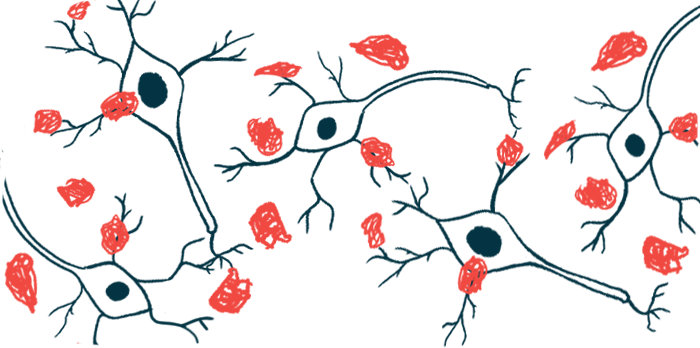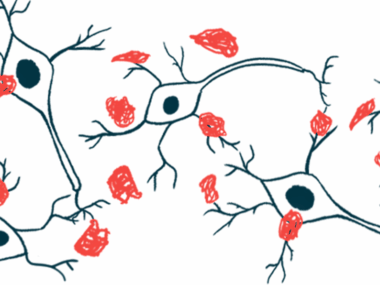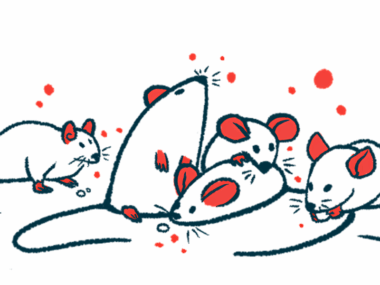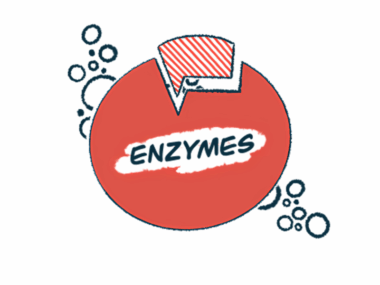Alpha-synuclein process may be therapeutic target in Parkinson’s
Protein’s transformation into droplets may stop toxic clumps from forming
Written by |

Clumps of alpha-synuclein, the protein responsible for nerve cell death in Parkinson’s disease, initially form under medium salt conditions. However, over time, these clumps, or aggregates, transform into droplets through a process called liquid-liquid phase separation (LLPS), effectively preventing further clumping, or aggregation, of alpha-synuclein, a study has shown.
These results suggest that understanding and modulating LLPS could potentially be explored as a therapeutic approach for Parkinson’s, with the aim of reducing the toxic effects of alpha-synuclein aggregates on nerve cells. Targeting the LLPS process also might possibly work for treating other neurodegenerative conditions like Alzheimer’s disease and Huntington’s disease, the researchers noted.
“This observation points to a functional role of liquid droplets in preventing the formation of solid aggregates under specific conditions,” Jinghui Luo, PhD, who led the study from the Paul Scherrer Institute (PSI) in Villigen, Switzerland, said in a PSI press release.
The researchers say their novel findings “may reshape the understanding of the interplay between LLPS and aggregation.”
The study, “Phase Separation and Aggregation of [Alpha]-Synuclein Diverge at Different Salt Conditions,” was published in the journal Advance Science.
Investigating how alpha-synuclein forms its toxic clumps
In Parkinson’s, single units of alpha-synuclein begin to aggregate into toxic bundles. Over time, these bundles will form thread-like fibers that separate into droplets through liquid-liquid phase separation, which occurs when two liquids can’t mix, much like vinegar and olive oil.
Until now, it’s been thought that these droplets led to aggregates by drawing in proteins. However, new research from Luo’s team shows that droplets don’t cause aggregation; instead, they may actually prevent it. This challenges previous ideas about how Parkinson’s develops.
To test this, the researchers watched for changes in how alpha-synuclein behaves in more than 500 conditions, such as different protein and salt concentrations, as well as large molecules that simulate a cell’s crowded environment.
For each of the conditions, the team observed whether alpha-synuclein formed droplets or aggregates, and tracked these changes over four months. Using light microscopy, the researchers regularly captured images of the proteins, allowing them to see the process in detail.
The droplet state is … capable of inhibiting aggregation or even dissolving aggregates.
To handle such a large number of conditions, the researchers used a robotic system at the PSI Swiss Light Source. This proved key, according to Rebecca Sternke-Hoffmann, PhD, a PSI postdoctoral researcher and the study’s first author.
“Being at the large-scale facilities and working alongside beamline scientists enabled us to approach this problem from a different angle,” Sternke-Hoffmann said.
Salt levels affected how alpha-synuclein formed aggregates in a crowded environment. For example, at medium salt levels, the protein was shown to be more likely to aggregate, because salt changes how parts of the protein interact within itself.
Initially, these aggregates were large and fibrous. However, over time, they converted into droplets that prevented more aggregates from forming. Moreover, they could break down existing aggregates by interacting with other molecules.
“The droplet state is therefore capable of inhibiting aggregation or even dissolving aggregates,” the researchers wrote.
According to Luo, these findings may lead to a new understanding of how toxic alpha-synuclein clumps form.
“From this perspective, it would be somewhat surprising if protein droplets were precursors of protein aggregation” as has been thought, Luo said.






